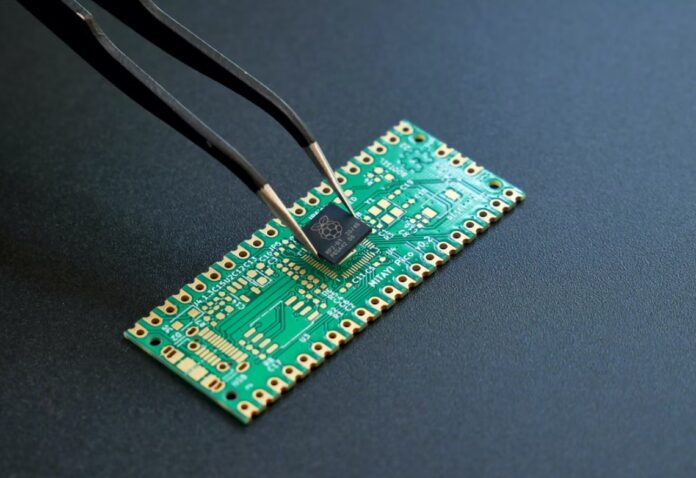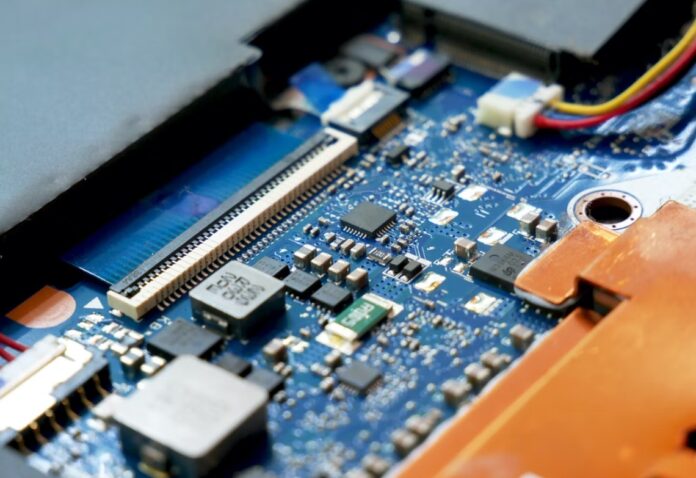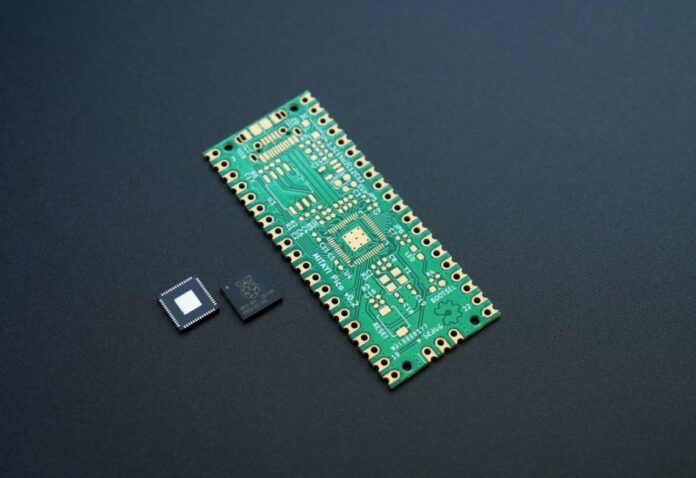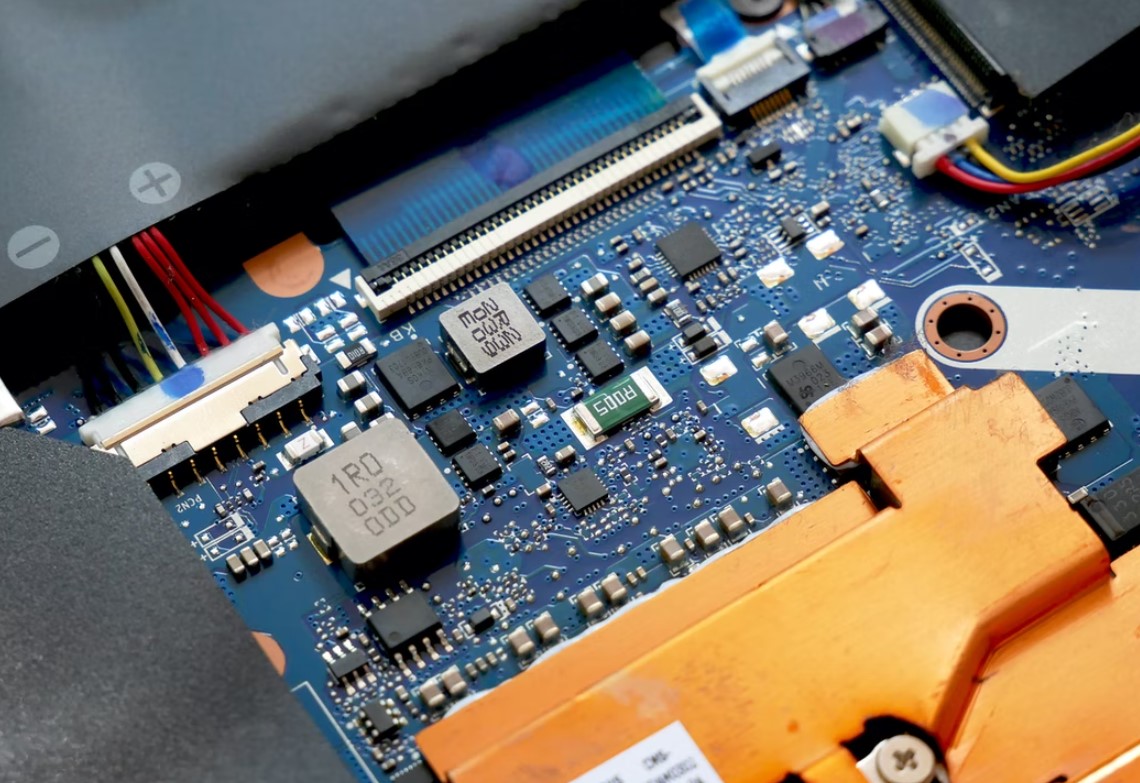When designing a PCB, it is necessary to take into account the size, thickness, as well as all other aspects of the PCB board. Insufficient knowledge about the components will endanger the quality of the board, increase the costs of installation and production. If you want the production process to run smoothly, arm yourself with knowledge of SMT assembly. There are a few items you need to pay special attention to.
1. Find the appropriate format

Every designer needs to finalize components and plans, because only then can they pass on the data and design of the manufacturer. However, they need to have all the size information that will facilitate automation. So the format depends on the manufacturer’s requirements. If designers ignore this fact, they will have problems during SMT assembly.
Before sending data to manufacturers, designers perform DFM checks. This reduces the risk of scrapped PCBs.
This allows them to identify problems at an early stage of the process, and this mainly refers to missing parts or incorrect measurements. However, some PCBs do not require re-checking and these are working versions. We must note that many experts use automated solutions to perform DFM verification. It is recommended to use the software recommended by the manufacturer.
2. Select Gerber data

When it comes to at least PCB production, data is always available. However, then the process can take time. The effort will definitely pay off, because all manufacturers support this data. This means that you will very easily convert the PCB SMT circuit to Gerber format. It is then ready to be sent to the manufacturer. This format is the standard for PCB design and production. Contains configuration parameters, definitions of apertures, different coordinates, etc. When the manufacturer decides to work directly with Gerber data during production, it will save him a lot of time, which means that he will finish the series in a short time.
3. Select the right solder paste

You will only succeed in production if you pay attention to all the details. No matter how small they are, it is important that you master them. Although some items may seem insignificant, they can ruin your electronic assembly process. For example, choosing the right solder paste may seem like an easy task, but know that there are many options to choose from. Most of them will look very similar according to their classification, which makes selection even more difficult.
However, not all products are the same. Certain models will be more expensive, but will also have additional benefits. Before making a decision, consider all the requirements.
Variations in individual characteristics can play a significant role and greatly affect performance measures. It all depends on your priorities, but research the quality of the product. This means that you will learn more about its performance in relation to materials, geometry, etc. Also, check the bandwidth and consider the cost goals.
4. Identify deficiencies in a timely manner

You need to establish complete control in this process. Just make one small mistake and there will be imperfections in the rest of the process. That is why manufacturers establish strict quality control in order to avoid major problems in production. Thanks to automation, you won’t have to worry about imperfections.
Conclusion:
Electronics is a dynamic market and the competition is huge. Manufacturers are constantly competing and perfecting their work process in order to continue to make a profit. This approach requires a large investment, expensive machines, templates and other things.
That is why it is important to know what you need to achieve your goals.







